QUODITCH EDUCATION DEVON
It's wet even in the summer, but at the moment with the lack of drainage it's very wet and slippery, far too wet to bring in a car.
The grass has remained short after the summer grazing. The reeds are beginning to turn brown and wither away.
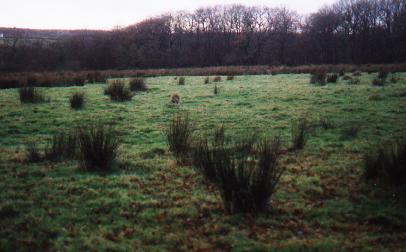
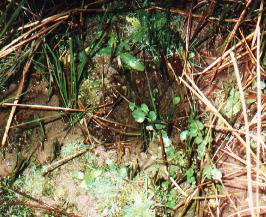
Yet in amongst the reeds new growth is coming through ready for next year. The marsh plume thistles and the various mints amongst others.
Although most of the fungi have disappeared by this month there are still some to be found. This one, candle snuff fungus (xylaria hypoxylon), is growing in proliferation in most of the areas of the reserve. You can see some to the left of the main gate and at the bottom of this field just as you walk through to the ride.
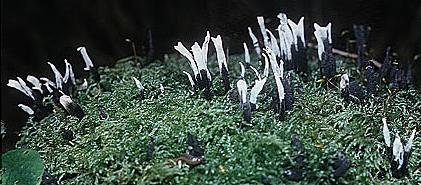
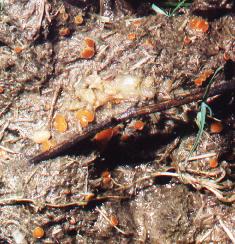
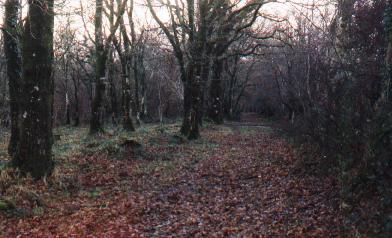
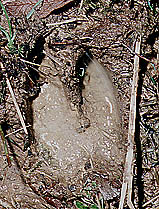
At this time of the year field two looks like this.
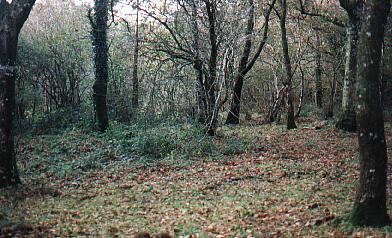
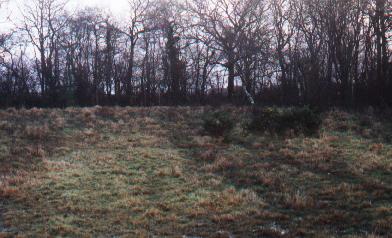
The leaves have fallen from the trees, making the whole woodland more open. It's possible to see outside our land into the adjoining fields.
Already the leaves are beginning to rot down, adding humus to the soil, but at the same time they have quite an acrid smell.
Move on now through the woodland path to field three.
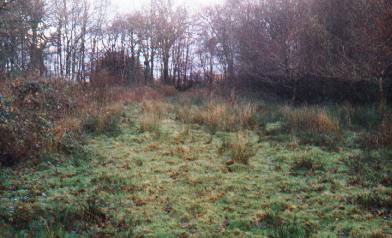
The area is quite dark at this time of year. The sun is low in the sky and, because of the trees, does not shine onto the field for a lot of the day.
The funny thing is that in the summer this is, to us, the most friendly field, yet in the winter it is a bit chilling.
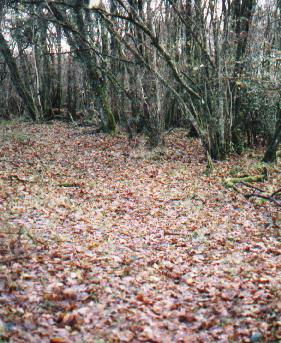
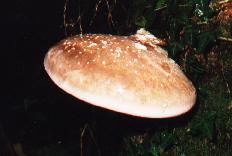
PHOTOGRAPHS on this web site may be freely used for non-profitmaking educational purposes. For other uses please contact us.
Return to HOMEPAGE